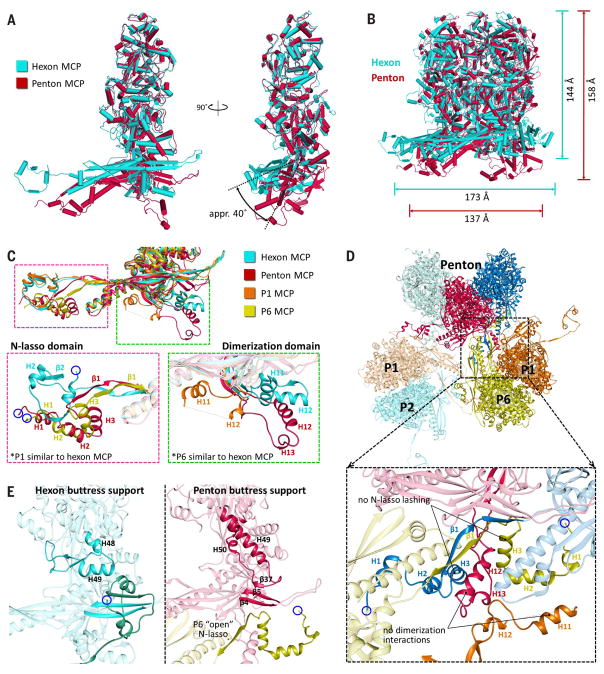Fig. 5. MCP adaptations at the fivefold axis.
(A) Superposing hexon MCP (teal) and penton MCP (burgundy) reveals a contracted and rotated penton MCP floor region relative to hexon MCP. (B) Superposing hexons and pentons reveals that pentons have a more “closed umbrella” shape relative to hexons. (C) Superposed canonical hexon MCP, penton MCP, P1, and P6 reveal similar floor regions with differences at the N-lasso and dimerization domains. Penton MCP and P6 adopt an “open” N-lasso conformation (magenta inset), whereas penton MCP and P1 adopt distinctive extended conformations of the dimerization domain (green inset). (D) Overview of penton, P1, P2, and P6 MCPs. The inset demonstrates how, because of local geometry changes near the fivefold axis, penton MCPs participate in neither N-lasso lashing nor dimerization interactions with surrounding hexon MCPs. (E) Comparison of buttress supports of hexon and penton MCP buttress domains. A hexon buttress support, akin to a flexed elbow, contains two helices that support the MCP tower and clamps a neighboring MCP’s N-lasso (left). Penton MCPs are not lashed by P6’s open N-lasso; a penton buttress support extends its elbow to form a long helix reaching to the MCP floor, where it contributes β37 to the floor’s E-loop β-sheet complex while supporting the penton tower (right).

